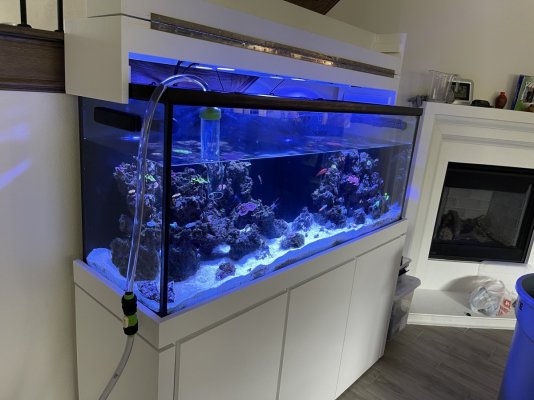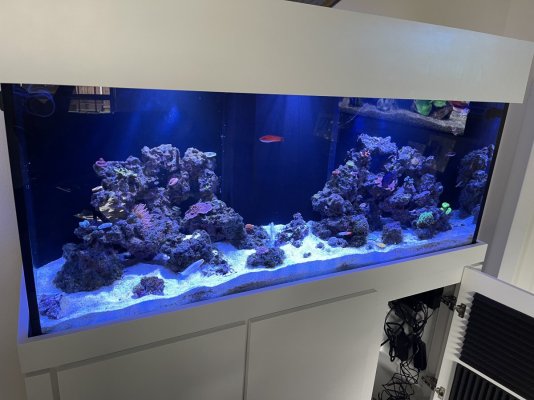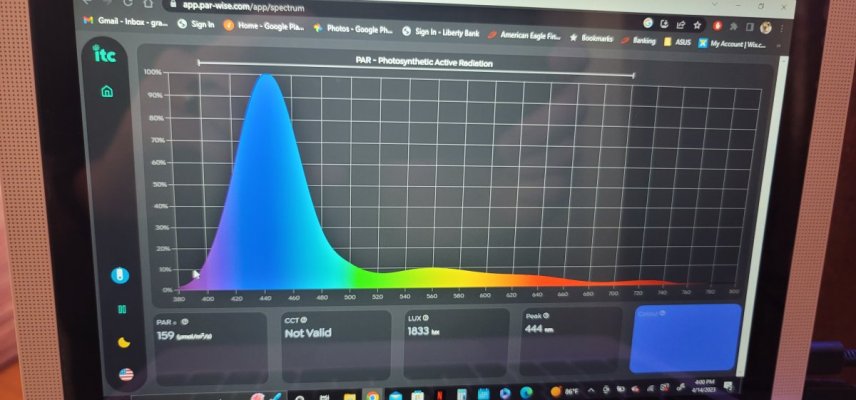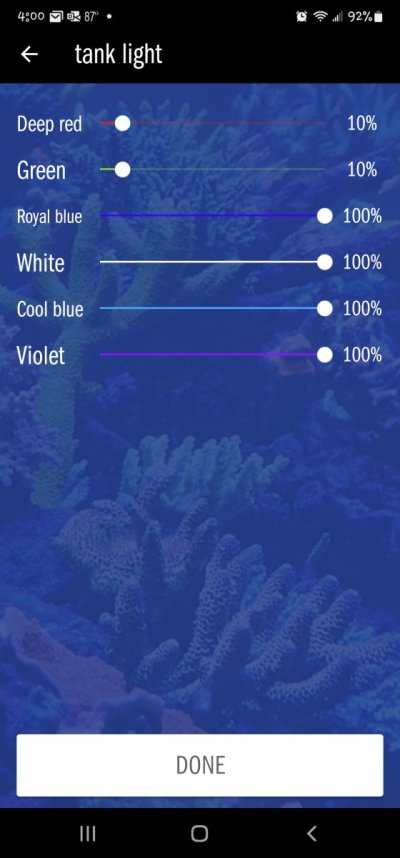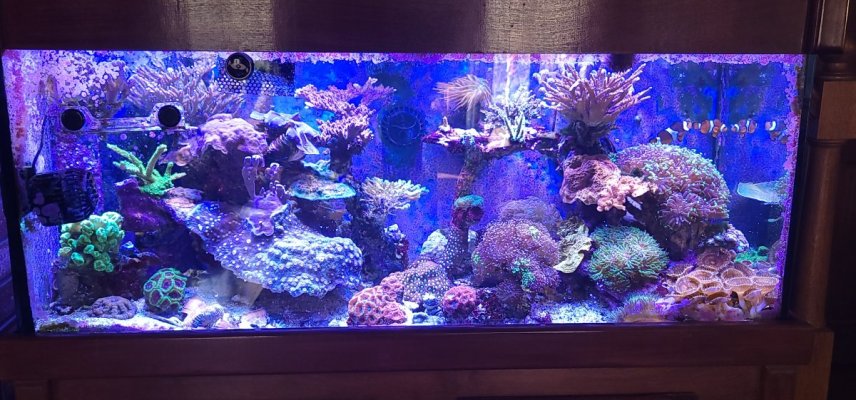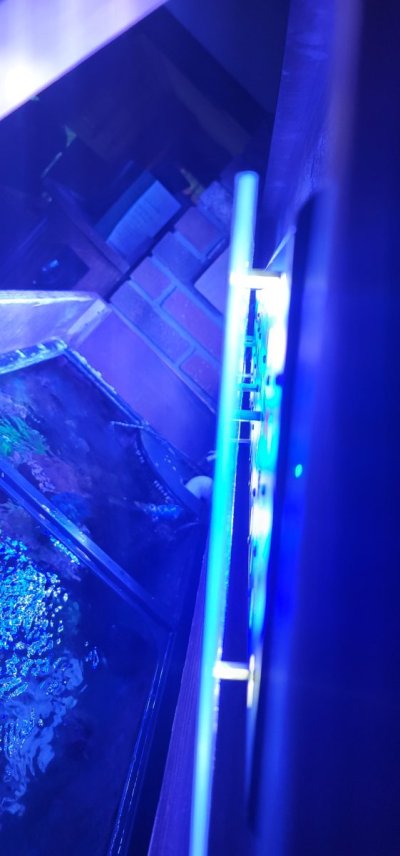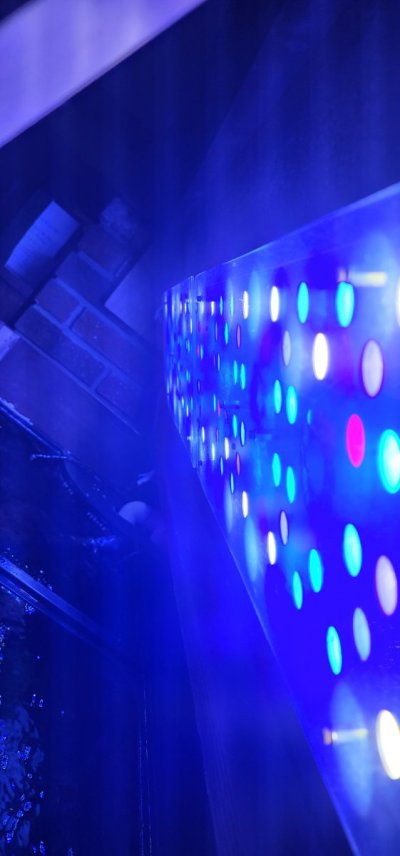So genuine question…except for overall coverage, does the height of the light really matter par wise. I don’t have a par meter to test this out but say you typically run a light at 60% at 11 inches off the water. If you were to run the same light at 2 inches off the water, still at 60%, does par chance that much? Obviously you’d have less coverage but what about par, would par increase? I’d imagaine it would, but would it be significant?
I ask because in all lighting systems you have products designed to be hung and those that use legs. Metal halide had them, T5 had them, heck even some LEDs have them. But most of the big names do/did not have them. I think running a low profile hood with LEDs would look pretty slick you’d just have the coverage issue to contend with. Thoughts? Disagreements?
I ask because in all lighting systems you have products designed to be hung and those that use legs. Metal halide had them, T5 had them, heck even some LEDs have them. But most of the big names do/did not have them. I think running a low profile hood with LEDs would look pretty slick you’d just have the coverage issue to contend with. Thoughts? Disagreements?






